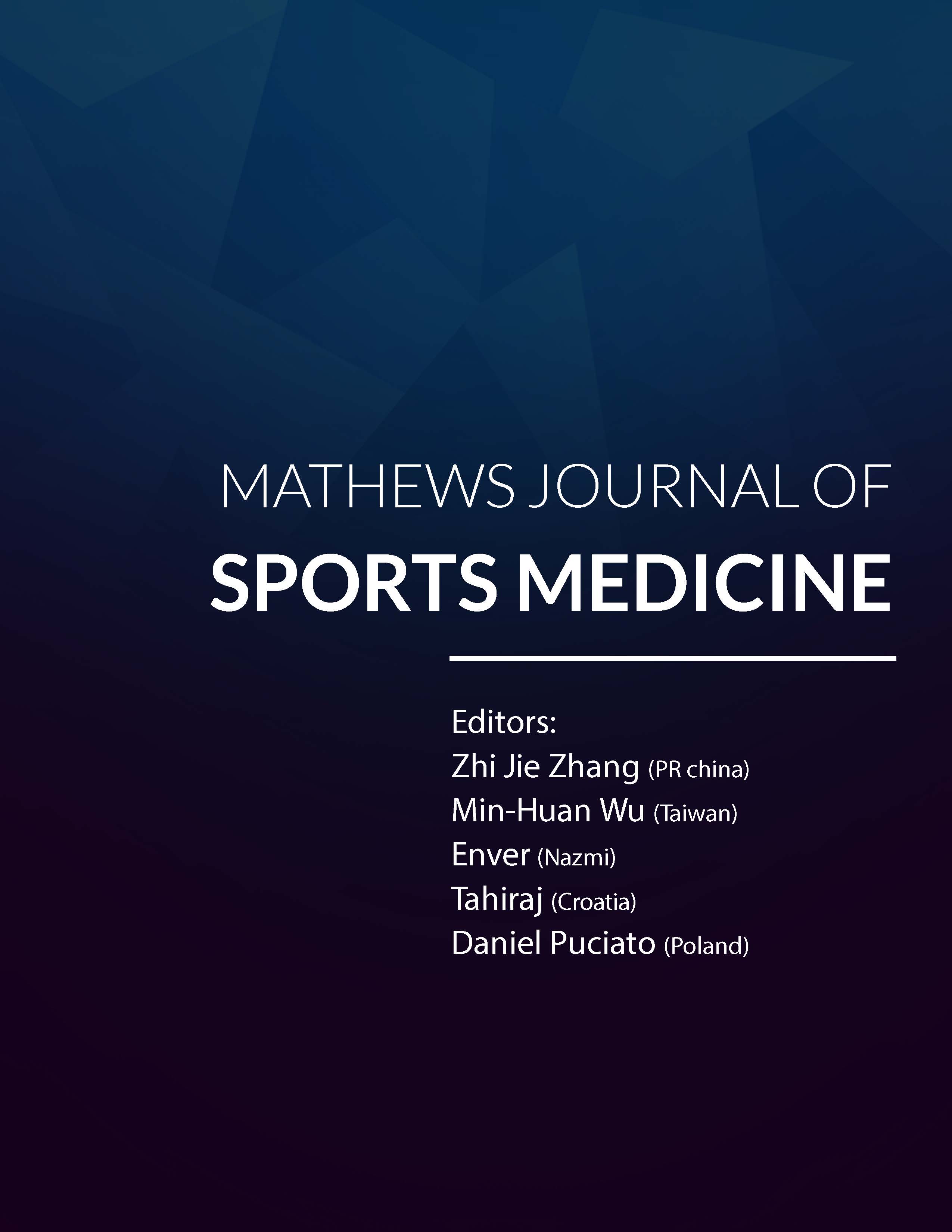
Information Links
Previous Issues Volume 1, Issue 1 - 2018
Fulminant Hypoxic Hepatitis During Endurance Sport
Salem Bouomrani*,1,2, Nesrine Belgacem1, Maher Béji1,3
1Department of Internal medicine, Military Hospital of Gabes, Gabes 6000, Tunisia .
2Sfax Faculty of Medicine, University of Sfax, Sfax 3029, Tunisia.
3Tunis Faculty of Medicine, Tunis El Manar University, Tunis 1007, Tunisia.
Corresponding Author: Salem Bouomrani, Department of Internal medicine, Military Hospital of Gabes. Gabes 6000. Tunisia,
Tel: +00216 98977555; Email: [email protected]
ABSTRACT
Introduction: Digestive complications are seen in 30% of endurance sports practitioners. They are dominated by gastric and intestinal lesions. Liver manifestations are much rarer and often unknown. Severe acute hepatitis complicating malignant hyperthermia of effort is the most serious form: fatal in 10% of cases. We report an observation.
Case report: A 40-year-old patient, without pathological medical history, was hospitalized for a sudden loss of consciousness, confusion, and agitation with abundant liquid diarrhea and bilious vomiting, occurring at 19km from a race of a halfmarathon. The initial physical examination noted a fever at 38°C, systolic blood pressure at 90mmHg, and right hemiparesis. Biology showed leukocytosis at 11300/mm³, thrombocytopenia at 74000/mm³ and prothrombin time at 56%. An adapted resuscitation allowed the stabilization of the blood pressure and the regression of the neurological signs. On the second day, mucocutaneous jaundice with hepatic cytolysis at 10N for AST and 6N for ALT and a collapse of PT at 10%, as well as rhabdomyolysis (CPK at 46N and LDH at 8N) without renal failure.
The infectious, immunological, and morphological investigations of this hepatitis were negative. The diagnosis was that of fulminant hepatitis and subclinical rhabdomyolysis caused by exertional heatstroke. The subsequent course was progressively favorable after adequate resuscitation, infusion of fresh frozen plasma and vitamin K injection. The PT normalized on day 20 and cytolysis on day 40 and the patient had no physical sequelae.
Conclusion: As rare as it is, the acute hepatitis of effort must be known and systematically evoked in front of any severe clinical presentation in high-athlete in order to ensure adequate and fast management making it possible to improve the prognosis of this affection.
KEYWORDS: Hypoxic Hepatitis; Exertional Heatstroke; Fulminant Hepatitis; Endurance Sport; Semi-Marathon.